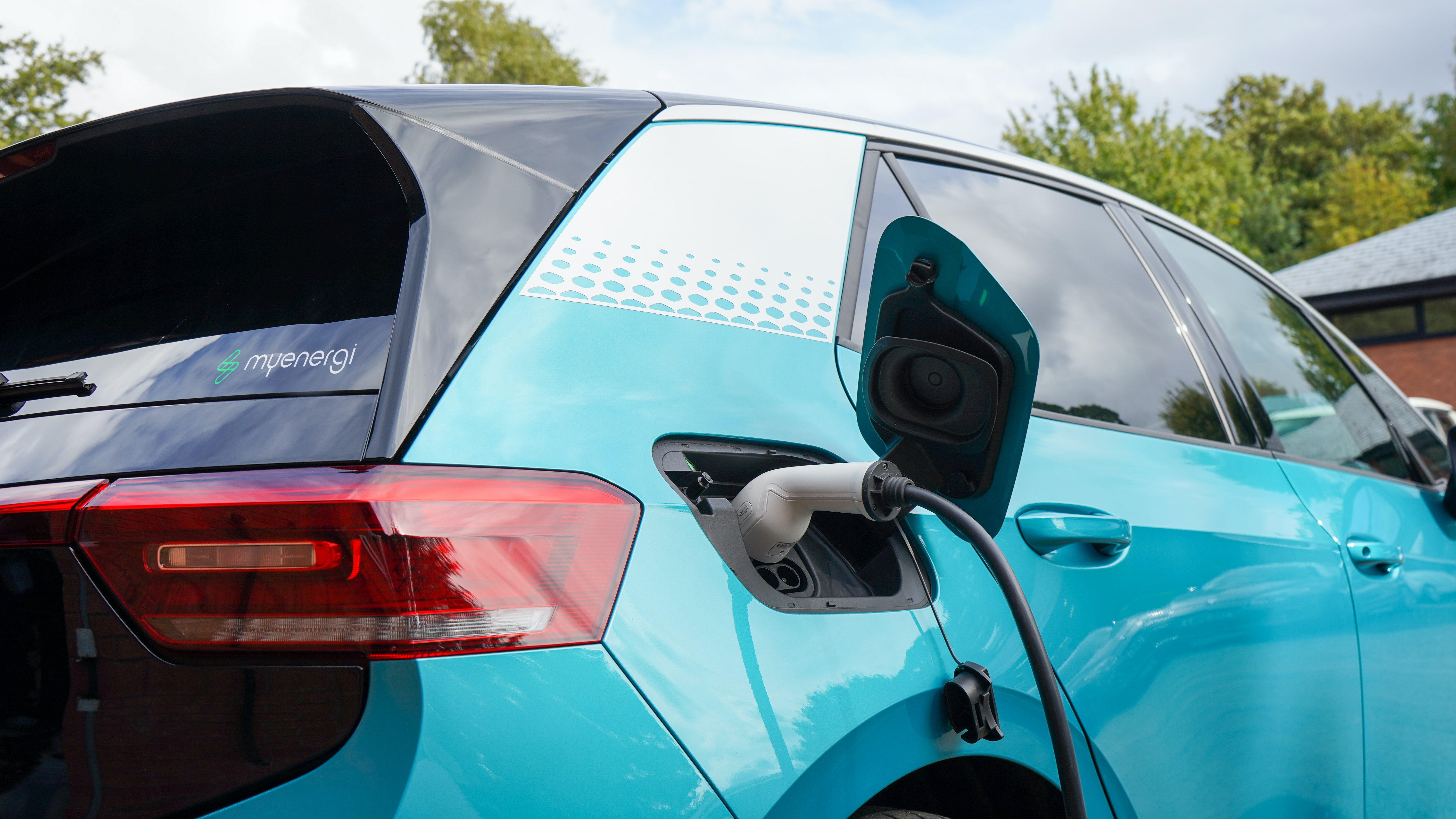
The market for electric vehicles (EVs) is growing rapidly. As increasing numbers of cities consider bans on diesel, the pressure on the global industry to cater for EV transport is increasing.
RORO Woes
Roll-on-roll-off (RORO) ferries have always presented challenges for car transportation. This is as true for petrol vehicles as it is for EVs. Ensuring that cars have enough petrol – or, in the case of electric cars, battery charge – for an entire RORO journey, is a well-known problem. This is partly because RORO journeys are inherently unpredictable. Vehicles may have to be moved through multiple parking lots and transferred across up to six different vessels. This wastes fuel, drains batteries and makes planning problematic.
A Sluggish Charge
One of the major difficulties for RORO ferries is the lack of charging points. In some cases, ferries are gradually being upgraded so that they can run off electricity, and this is excellent news for environmentalists. However, the same courtesy is not extended to the vehicles being transported. In the future, it is hoped that more accessible solutions will become available. For now, a vehicle needs to have a full charge before transport – a major barrier for most EVs.
A One-Stop Solution
Containerised transport offers a practical methodology for electric car transport shipping. With the use of high-quality steel racking systems, up to four vehicles can be safely loaded into a single container and shipped from A to B without the need for any additional driving. Once sealed inside the container, there is no need for interim charging. This keeps costs low while rendering the logistics more straightforward. Cars can be loaded at their point of manufacture and enclosed inside the container until received by the vendor.
A Global Network
RORO ferries have a major weakness in their depth capacity. There are only a limited number of shipping lanes and ports that are deep enough to accommodate the shipping design. This means that traversing passages such as the Suez Canal – the major artery between the US and Asia – requires the off-loading of RORO vehicles and reloading onto a shallow ship. For EVs this is problematic, especially if the vehicles have been at sea for some time and have low battery power. However, container ships have been designed with the Suez in mind, rending most journeys a non-stop voyage.
Download Our Free Guide
If you are interested in learning more about how containerised car racking solutions make EV transport quicker, cheaper, and safer, download our free Containerised Car Transport Guide today.
Image source: Unsplash















